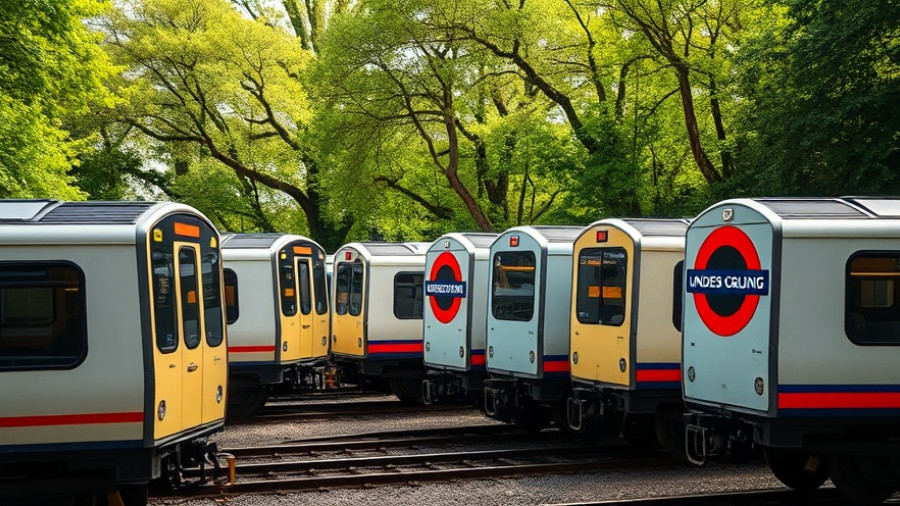
The Impending Tube Strike: Understanding the Basics
The upcoming tube strike in London has been generating significant concern among commuters, especially for those in the bustling lives of the city. This action is set to begin at 6 PM on Friday, September 5, and will continue until 11:59 PM on Thursday, September 11, effectively disrupting the livelihoods of numerous workers and local residents.
While Transport for London (TfL) is initially confident in its ability to navigate the early days of the strike without severe interruptions, the clarity diminishes as certain positions begin to withdraw their labor. By 12:01 AM on Sunday, limited services will transform into potentially widespread chaos. The RMT union is set to withdraw members from various departments, thereby impacting the Tube's operations drastically throughout the week.
The Phases of Disruption
As highlighted by TfL, the phased approach to the Tube strike means that while the first few days may not appear troublesome, the latter half will experience considerable chaos. From September 7 to 11, the following likely events will unfold:
- Sunday, September 7: Significant disruption anticipated, with early closures by 6 PM. Commuters should prepare for limited operational services.
- September 8-11: Little to no services expected **across most lines**, with operations commencing later in the day, highlighting the vital need for consumers to stay updated.
- September 9 and September 11: The Docklands Light Railway (DLR) is also expected to cease operations, compounding the effect of the strike.
Why Are They Striking?
The reasons behind this industrial action stem not just from operational grievances but encompass a broader spectrum of work conditions. The RMT union is advocating for a reduction in working hours from 35 to 32 hours per week, a demand TfL maintains is financially unviable. Despite this, the union remains emboldened by previous negotiations with Mayor Sadiq Khan, which previously secured substantial allocations.
Local Impact: What Does This Mean for Homeowners?
Many young homeowners in London juggle their busy lives intertwined with reliance on the Tube. For those aged 25-55 who thrive in the property market, the disruption could impact not only work commutes but also community engagement and home improvement projects that often rely on easy access to city resources. Even with remote work options, the emotional and logistical strain of disrupted daily routines is a significant concern.
Preparing for the Disruption: Practical Tips for Commuters
As the chaos looms, those dependent on public transportation can implement strategies to ease the daily grind:
- Stay Informed: Regularly check the TfL website or relevant apps for updates on service availability.
- Adjust Your Schedule: If feasible, consider starting work earlier or later to avoid peak hours and congested platforms.
- Explore Alternative Transport: Biking, walking, or carpooling may provide more reliable transport options during the strike.
- Work from Home: If you have the flexibility, coordinating remote work arrangements could alleviate frustration.
Emotional Echoes of a Strike
Beyond practical elements, it's vital to acknowledge how strikes resonate emotionally within the community. For young homeowners and residents, the emotional strain of uncertainty around reliable commutes can feel overwhelming. The ambition to improve one's living space can become overshadowed by commuting frictions, making home enhancement challenging during prolonged disruptions.
Conclusion: The Call to Action
As we brace for the upcoming Tube strike, it’s essential for Londoners to remain proactive and engaged in our local news landscape. Keep abreast of developments, share insights with friends, and stay resolute in navigating these disruptions together. Your voice matters! Reach out to local representatives to discuss community impacts and advocate for meaningful solutions. And together, let’s navigate the challenges ahead as a united community.
 Add Row
Add Row  Add
Add 




Write A Comment